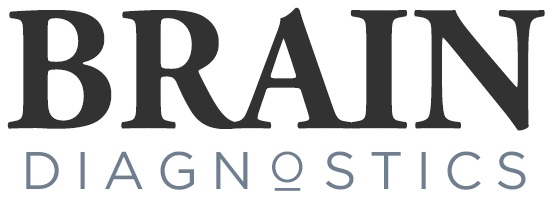HBi Database
The HBI Database is a revolutionary tool enabling the professional
- to assess electrical activity of brain systems
- to construct protocols of individual treatment
- to monitor intervention effects
Specifications
The HBI reference (normative) database includes multi-channel EEG recordings in the following groups:
1. children/adolescents: age 7-17 (n=300)
2. adults: age 18-60 (n=500)
3. seniors: age 61+ (n=200)
Inclusion/exclusion criteria presume an uneventful perinatal period, no head injury with cerebral symptoms, no history of neurological or psychiatric diseases, no convulsions, normal mental and physical development, and average or better grades in school.
A 19-channel EEG is recorded in two resting conditions with eyes open (minimum 3 minutes), eyes closed (minimum 3 minutes), and five different task conditions, including two stimulus GO/NOGO tasks, arithmetic and reading tasks, auditory recognition and auditory oddball tasks. The characteristics of QEEG are normalized. The mean values and standard deviations for separate age groups are obtained. Deviations from "normality” are assessed by computing Z-scores, standardized measures of deviation of individual EEG parameters from the normative data.
 Event-Related Potentials
Event-Related Potentials
Brain responses (i.e. evoked potentials) to psychological tasks are decomposed into independent components. The components are associated with distinctive psychological operations. Comparing the amplitude and latency of the components with the normative data gives new insights into the different stages of information processing in patients.
In clinical settings the HBI Database is a valuable resource for individualized treatment planning. An example of such an application is presented in the figure below. Simply viewing the raw EEG of an ADHD patient (top, left) does not reveal any abnormality; however, compression of the data into spectra and comparing the spectra with the normative data shows statistically significant (p<0.01) deviation from normality in the theta frequency range (top, right spectra) which is reflected in the central areas (see map at bottom). The electromagnetic tomography of the theta activity is presented at the bottom of the Figure.


What is included in the HBI Database
The Basic Module contains:
1. HBI Database software including the normative data for EEG spectra, ERPs and ERP components
2. Security key (dongle)
3. 100 free accesses to the database
WinEEG advanced version software for analysis of background EEG, event-related potentials, event-related desynchronization, and coherence is required for HBI Database.
